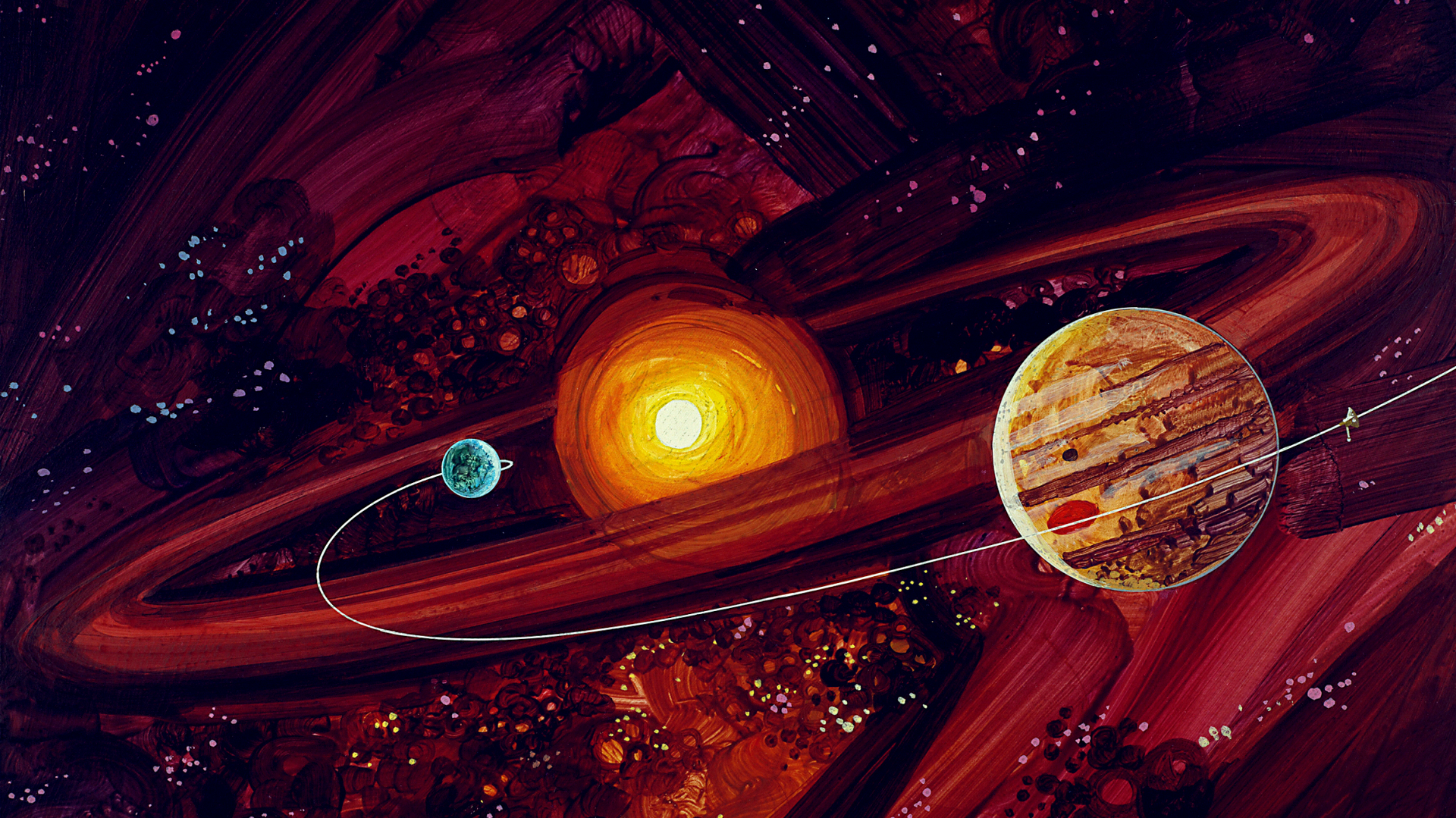Alan Stern: World View Stratospheric Ballooning: Capabilities and Applications
Abstract:
World View is deploying the capability to routinely fly payloads and people on high altitude balloon flights at altitudes up to 130 Kft in the stratosphere. World View is also developing the capabilities to station-keep balloons above specified locations for long durations. Applications of World View flight systems include research and education payload flights to this high altitude environment for atmospheric science, astronomy, education, and other scientific pursuits. This presentation will summarize World View’s plan and capabilities, with a special emphasis on the Research and Education Missions (REM) and commercial applications.
Biography:
Dr. Alan Stern is a planetary scientist, space program executive, aerospace consultant, and author. He leads NASA’s New Horizons mission to the Pluto system and the Kuiper Belt. In both 2007 and 2016, he was named to the Time 100. In 2007 he was appointed NASA’s chief of all science missions. Since 2009, he has been an Associate Vice President and Special Assistant to the President at the Southwest Research Institute. Additionally, from 2008-2012 he served on the board of directors of the Challenger Center for Space Science Education, and as the Chief Scientist and Mission Architect for Moon Express from 2010-2013. From 2011- 2013 he served as the Director of the Florida Space Institute. Dr. Stern currently serves as the chief scientist of both World View, a near-space ballooning company, and of the Florida Space Institute. In 2007 and 2008, Dr. Stern served as NASA’s chief of all space and Earth science programs, directing a $4.4B organization with 93 separate flight missions and a program of over 3,000 research grants. During his NASA tenure, a record 10 major new flight projects were started and deep reforms of NASA’s scientific research and the education and public outreach programs were put in place. His tenure was notable for an emphasis on cost control in NASA flight missions that resulted in a 63% decrease in cost overruns.
Since 2008 Dr. Stern has had his own aerospace consulting practice. His current and former consulting clients include Jeff Bezos’s Blue Origin, Richard Branson’s Virgin Galactic, Naveen Jain’s Moon Express Google Lunar X-Prize team, Ball Aerospace, Paragon Space Development Corporation, the NASTAR Center, Embry Riddle Aeronautical University, and the Johns Hopkins University.
Dr. Stern is also the CEO of two small corporations—Uwingu and The Golden Spike Company—and serves on the board of directors of the Commercial Spaceflight Federation. Dr. Stern is the Principal Invest igator (PI) of NASA’s $723M New Horizon’s mission toreconnoiter Pluto and the Kuiper Belt. New Horizons launched in 2006 and arrives at Pluto in July 2015. Dr. Stern is also the PI of two instruments aboard New Horizons, the Alice UV spectrometer and the Ralph Visible Imager/IR Spectrometer.
His career has taken him to numerous astronomical observatories, to the South Pole, and to the upper atmosphere aboard various high performance NASA aircraft including F/A-18 Hornets, F-104 Starfighters, KC-135 Zero-G, and WB-57 Canberras. He has been involved as a researcher in 24 suborbital, orbital, and planetary space missions, including 9 for which he was the mission principle investigator; and he has led the development of 8 scientific instruments for NASA space missions. In 1995, he was selected as a Space Shuttle mission specialist finalist, and in 1996 he was a candidate Space Shuttle Payload specialist. In 2010, he became a suborbital payload specialist trainee, and is expected to fly several space missions aboard XCOR and Virgin Galactic vehicles in 2016-2017.
Before receiving his doctorate from the University of Colorado in 1989, Dr. Stern completed twin master’s degrees in aerospace engineering and atmospheric sciences (1980 and 1981), and then spent six years as an aerospace systems engineer, concentrating on spacecraft and payload systems at the NASA Johnson Space Center, Martin Marietta Aerospace, and the Laboratory for Atmospheric and Space Physics at the University of Colorado. His two undergraduate degrees are in physics and astronomy from the University of Texas (1978 and 1980).
Dr. Stern has published over 230 technical papers and 40 popular articles. He has given over 300 technical talks and over 150 popular lectures and speeches about astronomy and the space program. He has written two books, The U.S. Space Program After Challenger (Franklin- Watts, 1987), and Pluto and Charon: Ice Worlds on the Ragged Edge of the Solar System (Wiley 1997, 2005). Additionally, he has served as editor on three technical volumes, and three collections of scientific popularizations: Our Worlds (Cambridge, 1998), Our Universe (Cambridge, 2000), and Worlds Beyond (Cambridge, 2003).
Dr. Stern has over 25 years of experience in space instrument development, with a strong concentration in ultraviolet technologies. He has been a Principal Investigator in NASA’s UV sounding rocket program, and was the project scientist on a Shuttle-deployable SPARTAN astronomical satellite. He was the PI of the advanced, miniaturized HIPPS Pluto breadboard camera/IR spectrometer/UV spectrometer payload. Dr. Stern is also the PI of the Alice UV Spectrometer for the ESA/NASA Rosetta comet orbiter, launched in 2004, and served as the PI of the LAMP instrument on NASA’s Lunar Reconnaissance Orbiter (LRO) mission, which launched in 2009. He has served as a Co-Investigator on numerous NASA and ESA planet missions.
Dr. Stern’s academic research has focused on studies of our solar system’s Kuiper Belt and Oort cloud, comets, the satellites of the outer planets, the Pluto system, and the search for evidence of solar systems around other stars. He has also worked on spacecraft rendezvous theory, terrestrial polar mesospheric clouds, galactic astrophysics, and studies of tenuous satellite atmospheres, including the atmosphere of the moon.
Dr. Stern is a fellow of the AAAS, the Royal Astronomical Society, and is a member of the AIAA, AAS, IAF, and the AGU; he was elected incoming chair of the Division of Planetary Sciences in 2006. He has been awarded the Von Braun Aerospace Achievement Award of the National Space Society, the 2007 University of Colorado George Norlin Distinguished Alumnus Award, the 2009 St. Mark’s Preparatory School Distinguished Alumnus Award, Smithsonian Magazine’s 2015 American Ingenuity Award, and the 2016 Sagan Memorial Award of the American Astronautical Society.
Dr. Stern’s personal interests include running, hiking, camping, and writing. He is an instrument-rated commercial pilot and flight instructor, with both powered and sailplane ratings. He and his wife Carole have two daughters and a son; they make their home near Boulder, Colorado.
































